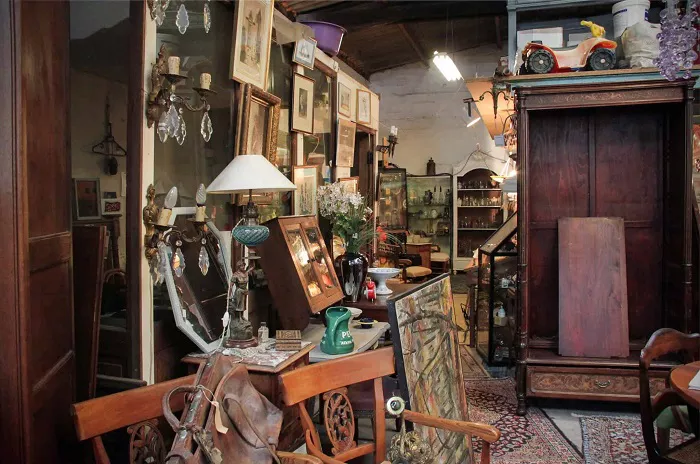Flannery O’Connor, one of the South’s most influential literary voices, continues to leave a profound impact on the world long after her passing in 1964 at the age of 39. Known for her Southern Gothic tales, O’Connor’s writing has shaped the literary landscape, while her creativity extended beyond words—she was also a skilled artist. Today, her legacy is preserved at Andalusia Farm in Milledgeville, Georgia, where O’Connor spent much of her life.
O’Connor’s ties to Georgia run deep. Her great-grandfather founded Milledgeville’s Sacred Heart Catholic Church, and her aunt, Louise Florencourt, was a trailblazer, becoming one of the first women to graduate from Harvard Law School in 1953. This lineage of resilience and intellect helped shape O’Connor’s unique voice.
A significant new chapter in preserving O’Connor’s memory unfolded in 2024, when Georgia College & State University officially took ownership of the Cline House in downtown Milledgeville. The property, also known as the Greene Street House, was bequeathed to the university by Louise Florencourt, who held a life lease until her death in 2023. The house, largely unaltered since the 1960s, had functioned as a storage space for O’Connor family relics. Upon investigation, nearly 70 previously unknown works of art by O’Connor were discovered in the attic and a nearby storage unit. The collection includes oil paintings, wood-burned illustrations, and linoleum-block prints, offering a rare glimpse into the author’s artistic world.
In honor of what would have been O’Connor’s 100th birthday, the “Hidden Treasures” exhibit opened at Georgia College & State University on March 27, 2024. Curated by Cassie Munnell, the exhibition showcases O’Connor’s newfound artwork along with a wealth of other artifacts previously unseen by the public. The pieces include still lifes, farm scenes, and birds—subjects that were closely tied to O’Connor’s life and work, as well as religious imagery, reflecting her deep Catholic faith.
Among the most fascinating elements of the exhibit are the “childhood pieces,” thought to have been created when O’Connor was between 13 and 16 years old. One particularly captivating artwork is a portrait of a couple, which Munnell believes may be a rare depiction of O’Connor’s parents. “We only have a handful of photos of them together, so it’s interesting to see how Flannery viewed them,” Munnell explains.
In addition to the artwork, the exhibit includes a variety of personal items, including letters, family heirlooms, and even O’Connor’s childhood teddy bear. Other notable objects include a photo from her parents’ wedding and a Dracula marionette, adding an intriguing, eccentric touch to the collection.
Munnell aimed to highlight the most unusual and compelling items in the collection. “When I walk into the room for a behind-the-scenes tour, I think about what I would want to show people. That’s what I wanted to present here,” she says.
The “Hidden Treasures” exhibit will be on display at the Andalusia Interpretive Center, located adjacent to O’Connor’s Andalusia farmhouse, through the end of 2025. It offers a rare opportunity to explore the lesser-known, yet deeply personal, aspects of one of America’s most celebrated authors.

